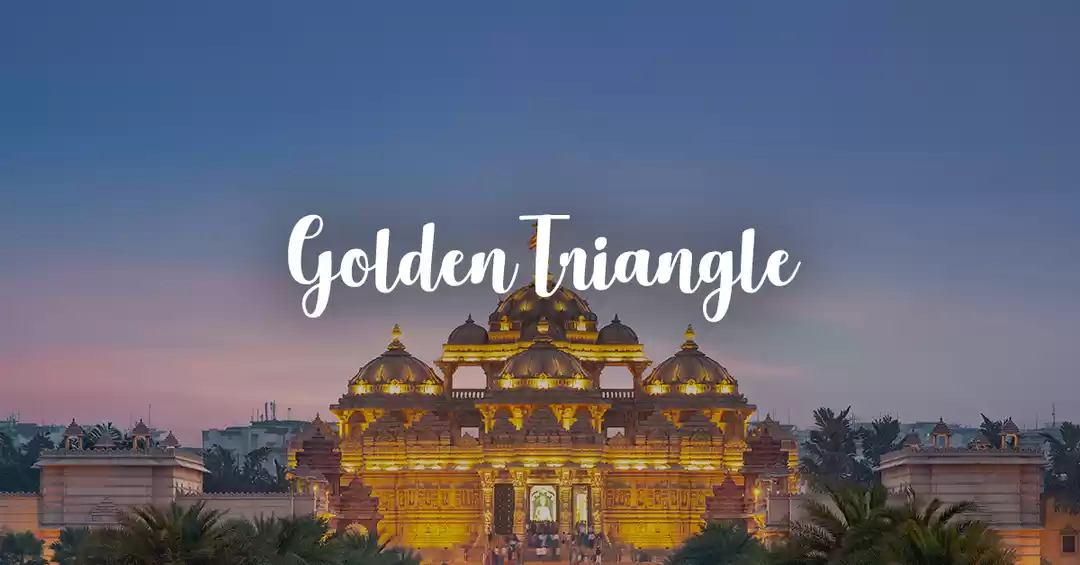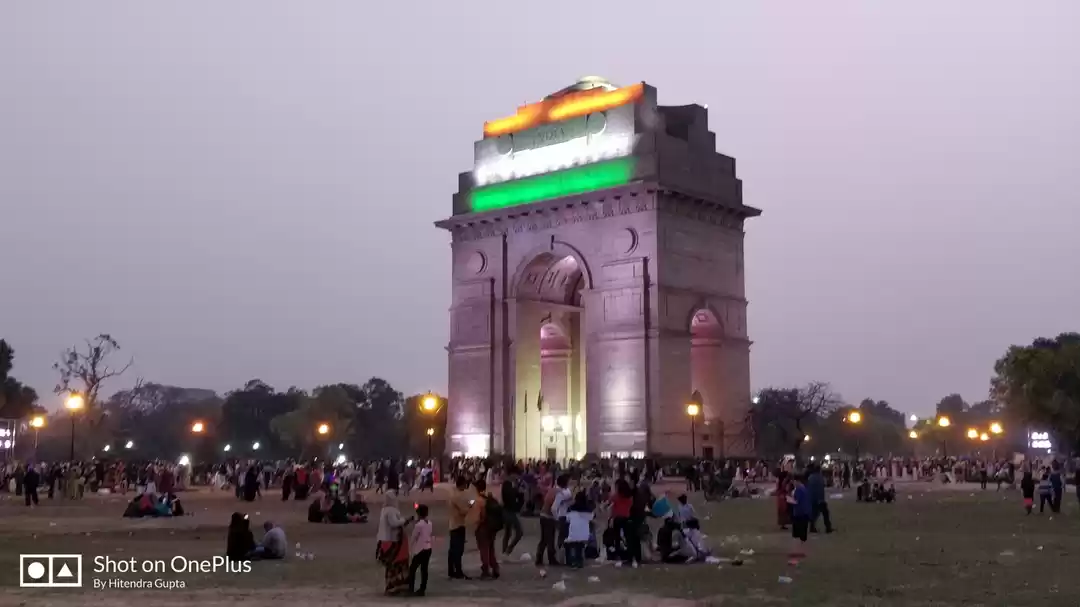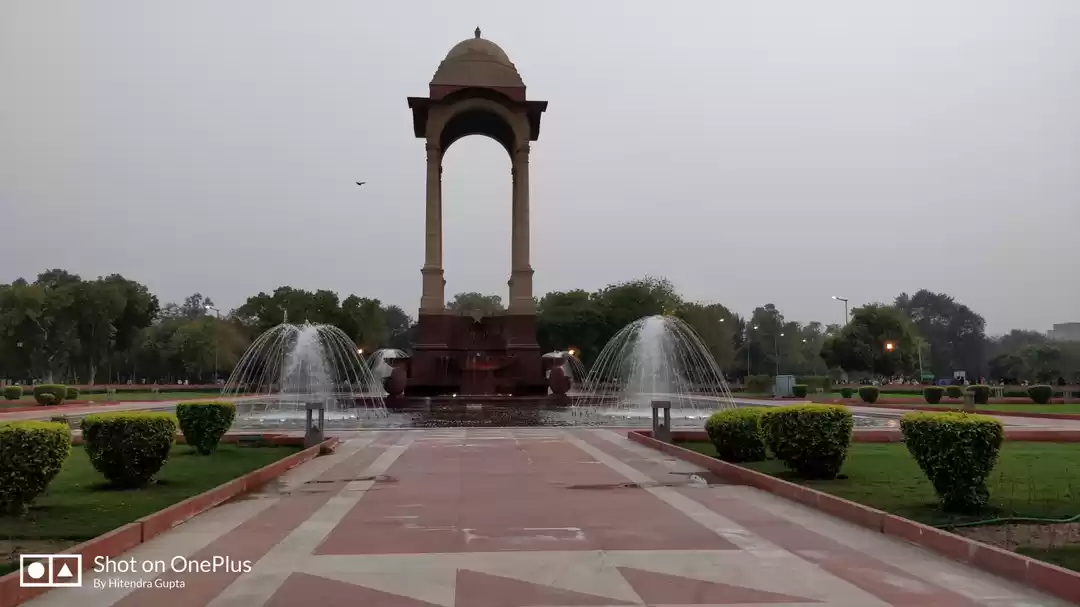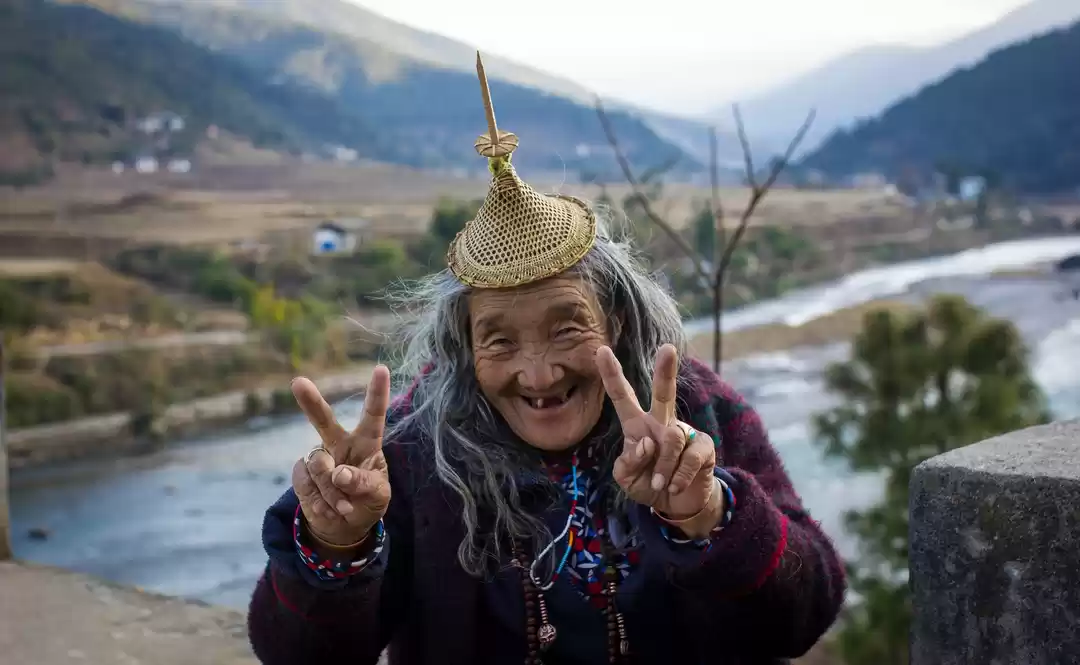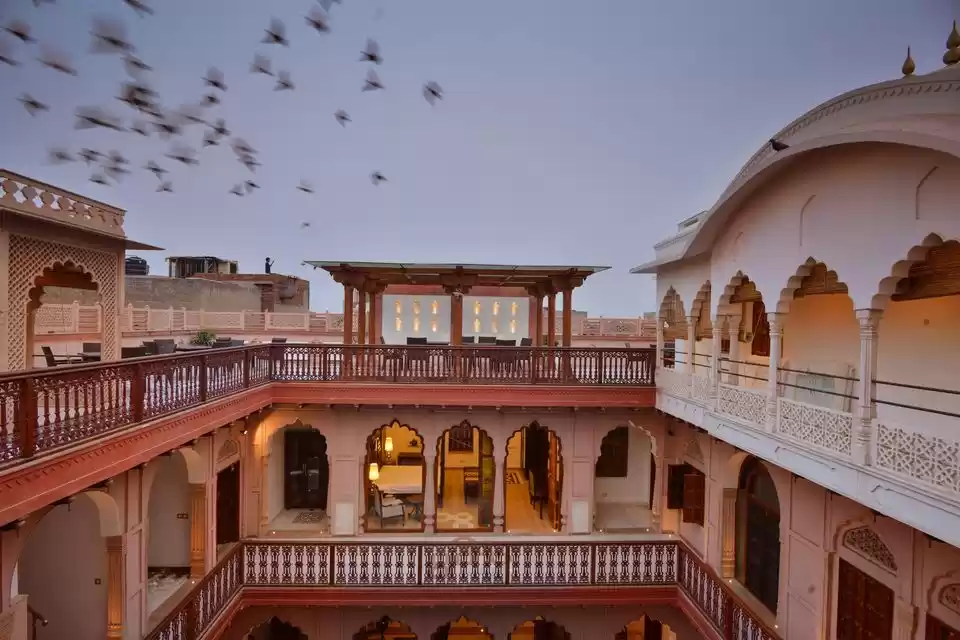If you stand at the Lahore Gate of the Red fort and aim your gaze across Netaji Subhash Marg, you can see the old city of Shahjahanabad still alive amidst the maddening disorder. The one road that starts with Digambar Jain Lal Mandir takes you to the Central Baptist Church and Gurudwara Sisganj Sahib too. On the other side, the Haveli of Begum Samru can be seen which is now recognized as the SBI building.
It's an explorers paradise.
Popularly known as Delhi 6 owing to the pincode of the locality(110006), this old part of Delhi still moves at it's own pace. If you're in Delhi and you don't remember the last time you spent some time in Delhi 6, take time out and rediscover Old Delhi. Here's a list of some of the must-visit spots and experiences that would take you back in time. Go explore.
1. Chunamal Haveli, The Haveli of The Wealthiest Man of Shahjahanabad.
A Haveli of the renowned textile merchant of olden days India, Lala Chunamal Ki Haveli is a good spot to revisit the charm of Old India. Amongst the 30 properties he acquired around Delhi, The Chunamal Haveli is the residence of his descendants in present times. Anil Pershad is the present host at the Chunamal Haveli built by Lala Chunamal himself in 1850. He was also the first Municipal Commissioner during the British Raj. The extravagant interiors, imported artifacts and long history of this house with more that 128 rooms is an experience in itself.

2. Haveli Dharampura, Originally Called 'Teen Chowk ki Haveli'
Shahjahanabad still lives in the hundreds of Havelis sprawled around Delhi 6. While most of these havelis built by courtiers in the 19th century have been abandoned and are currently in ruins, Haveli Dharampura built in 1887 AD is now restored to it's old glory after restoration efforts that lasted 6 years. It stands as a glorious example of hope for the havelis around Chandni Chowk that have been deserted and forgotten.

Image Credits: Haveli Dharampura
3. Bhagirath Palace or The Haveli of Begum Samru
In present times, Bhagirath palace is known as largest market for electronic goods, shadowing the long history of the establishment. The high arches and roman pillars of the Palace still stand tall and is recognized as the SBI building in the present days. The Bhagirath Palace belonged to Begum Samru, a Kashmiri nautch girl who later became the ruler of the Sardhana in Meerut and a powerful chieftain. She was a daughter of a courtesan who married General Sommers, a powerful mercenary, and came to be popularly known as Begum Samru. She was also a close advisor of Emperor Shah Alam. The Begum played a significant role in the history of modern day Delhi where her forces saved the city from being attacked by 30,000 Sikh men.

4. Kinari Bazar, A Mohalla Against The Communal Divide
Earlier known as the commercial hub of the hindu population of Shahjahanabad, Kinari Bazar is a witness to the changing social and communal relations in Delhi 6 during the British Era. Before the revolt of 1857, the lanes of Kinari Bazar was mostly populated by Muslim families of Shahjahanabad who were displaced during the siege of the city. At the end of the revolt, the British tried to relocate the Hindus of the adjacent mohallas to create a communal divide. Although the Hindus replaced the Muslims of the Kinari Bazar in the next few years but there was absolutely no communal tension in the area and Kinari Bazar stood as an shining vibrant example of India's diversity.

Image Credits: Varun Shiv Kapur
5. Chitli Qabar Bazar, The Mazar of a Goat
It's the corner for the true foodies of Delhi who often look for a story in the food they enjoy. From Karim's to Pehelwan ke Gulab Jamun, the journey of Chitli Qabar Bazar as a food hub of old Delhi began in the British Raj itself. Chitli Qabar Chowk lies at the intersection of four lanes and the Qabar or the Mazar at the Chowk is believed to be that of a goat. Believers of the this story, the shopkeepers around the area still offer flowers and seek blessing at the Mazar every morning.

6. Khari Baoli, The Ancient Spice Market
Operating since 17th century, Khari Baoli Spice Market continues to be Asia's largest spice market in the present days. The Khari Baoli step well was constructed during 1650's along the Lahori Gate and during Shah Jahan's time the Baoli was used by animals and bathing. The first traders and merchants of Shahjahanbed set up their businesses here and some of the shops are still known by the serial numbers assigned more than 200 years ago.

Image Credits: Michael Vito
7. Kabootarbazi, The Sport of The Rich
Pigeon keeping became a popular interest during the Mughal Rule and the tradition still continues in parts of Pakistan and Old Delhi. When Shah Jahan shifted his capital from Agra to Delhi, the people of the city embraced the sport of Kabootarbaazi. The soaring flocks of pigeons crowd the terraces of various pigeon keepers popularly known as kabootarbaaz. Kaboorbaazi includes racing and trapping of flocks. This community of Old Delhi organizes a pigeon race every year on Republic Day for which the Ustads train their flocks for months.

8. Chaurasi Ghanta Mandir and the myth of 84 lives
Amidst several temples in the crowded lanes of the Sita Ram Bazar, Chaurasi Ghanta Mandir is one of the famous ones among the locals. The temple gets its name from the 84 bells at the temple that are tied to one string. The 84 bells in the temple chime at the same time and the number 84 represents the 84 lakh cycles of birth a soul has to experience before taking birth as a human being.

9. Gurdwara Sis Ganj Sahib, a symbol of diversity
Established in 1783, the Gurudwara commemorates the beheading of the Sikh Guru, Guru Tegh Bahadur who was beheaded on the orders of Mughal Emperor Aurangzeb in 1675 on refusal to convert to Islam. This holy place for the Sikh Community also preserves the trunk of the tree under which the Guru was beheaded.

10. The Most Ancient Church in Delhi, Central Baptist Church
Established in 1860 by the Baptist Missionary Society, the Central Baptist Church is the most ancient Church in Delhi. Missionary JT Thompson purchased the land from Emperor Akbar Shah II in 1814. He took the property in Daryaganj as a spot to preach and convert the locals. The Church also witnessed the rebellion of 1857 and JT Thompson along with officials of the British Congregation were killed by the rebels. The present day Church was re-established within the property of Begum Samru near her palace, The Bhagirath Palace and a local shoemaker and converted Christian, Ghasiram, became the incharge of reconstruction.

11. Dariba Kalan, The Market of Unparalleled Pearls
Dariba Kalan has a long history as a market for precious stones, gold and silver jewelry. Since the time of Emperor Shah Jahan, the market still flourishes as Asia's largest jewelry market. The market derives its name from the Persian word, Dur-e be-baha, which means unparalleled pearl. Dariba Kalan also witnessed the bloody massacre of 1739 where a Persian invader looted all the shops and murdered hundreds of inhabitants of the locality. The market however rose back to business and is still considered a perfect spot for jewelry shopping in Delhi.

The journey from Shahjahanbad to Old Delhi, Delhi 6 has witnessed history of India like no other city. Ancient havelis lined along the narrow lanes of Chandni Chowk are barely recognizable and the kuchas and mohallas are nothing but chaos. But if you look beyond the obvious, a story from history is always waiting for you. Explore Nayi Sadak and Urdu Bazar for fantastic literature you might not find elsewhere. Visit one of the restored Havelis and rediscover the forgotten part of history by yourself.
Explore and share the story with us.
Click here to share your story.
Frequent Searches Leading To This Page:-
chandni chowk history, chandni chowk Delhi address, what is chandni chowk famous for, about chandni chowk market Delhi






